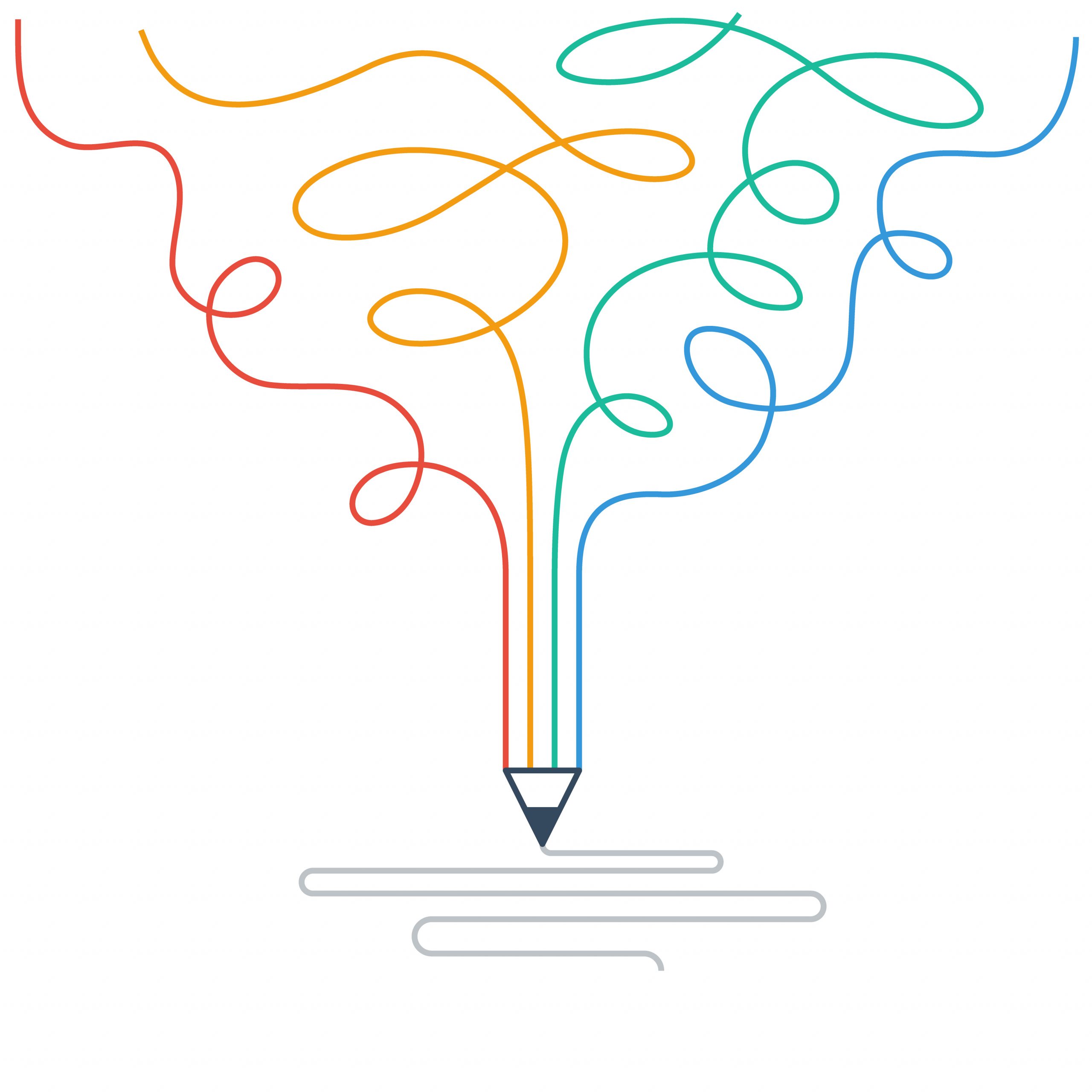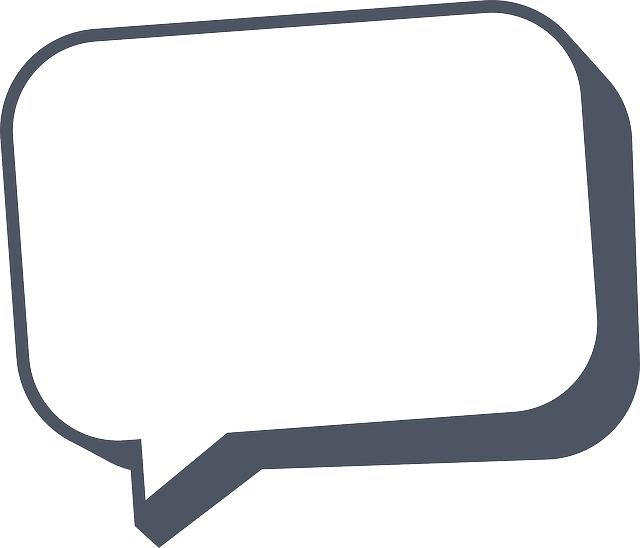Hypnotic writing puts readers into a waking trance, which can sound underhanded, unfair, even scary. But please understand that you’re in a waking trance any time you’re riveted to anything to the exclusion of everything else– whether it’s enjoying your toddler’s antics, watching a mustn’t-blink movie, reading a book you can’t put down, or traveling a familiar stretch of highway without remembering every mile, so you arrive at your destination wondering how you got there so fast and safely because you don’t even remember taking the usual twists and turns that brought you there!
And in this day and age, where thousands of things vie for your target audience’s attention every minute of every day, unless you achieve the waking trance when you reach out to them, your conversion rate is going to be lackluster. Your target audience is busy, pulled in too many different directions. The only way you have to stop them in their tracks is to rivet them in place, to so closely identify with one or more of their over-riding pains, problems, predicaments or pleasures that they know you’re talking to them one-to-one (not to hordes), pushing their hot buttons, and making so much sense to them that they have to block out all else to hear/read/see what you have to say. Otherwise, you’ll be talking to flighty deer whose instincts tell them to dart away.
That’s the other part of your Ideal Client/target audience that you need to know about–the “artful dodger” (flighty deer) syndrome. Buried deeply in the most ancient part of the human brain is what scientists call “the reptilian brain”. Its chief interests consist of comfort (or, more precisely, avoiding discomfort/pain), safety/survival, and sex/mating. This part of your brain is constantly looking for reasons to avoid whatever you encounter that might bring some degree of risk to you. So unless whatever is before you appears safe–palatable-looking food, a place to rest/stay/play/work/eat, or a potential mate/partner/friend—everything else is suspect!
It sounds daunting–and it is–to have to find ways to navigate past your ideal client’s reptilian brain long enough to influence the emotional and rationals parts the brain–the parts that do more than react instinctively to the presence of a potential threat or risk; the parts that are capable of responding in ways that aren’t knee-jerk and automatic.
You do this by knowing your ideal clients to the core of their beings. Until you do, you can be offering them the best doozywooket on the planet (doozywooket is my term for anything I don’t feel like defining precisely or can’t define precisely) and they are not going to give you the time of day. Frustrating to know, isn’t it? But it’s crucial that you know it.
So if you’re having a hard time coming to grips with who your Ideal Client is, you can start with the Content Questionnaire that’s on my CONTACT page here at Word Whisperer. Cut and paste it into a Word Document and answer the questions you find there. Some of the questions will be about you, your business, your credentials, and what it is you offer; others will be about your client/customer/patient.
If you haven’t ever been through an exercise like this, completing this questionnaire will open your eyes to what you need to know to reach out to your target audience–and it will open your eyes to what the copywriter you hire needs to know to rivet your ideal client to your marketing and informational materials. Either way–whether you write your copy yourself or hire someone else to do it for you–you’ll know the kind of questions that will need to be asked and answered before a single word goes down on a page.
If you have a viable product, service or cause to offer, your Ideal Client is out there. Find out who he/she is and you will have identified the others who are experiencing the same pains, problems or predicaments that he/she is. Speak to their concerns in your materials as if you’re speaking to one person–not to an auditorium or a global audience. (No buyer wants to be considered one of many; all want to be acknowledged as unique individuals.)
In identifying your Ideal client, you’ll discover that there are many more like him or her–and they comprise your target audience, the people you want to rivet in place every time you reach out to them.
Make sense?







